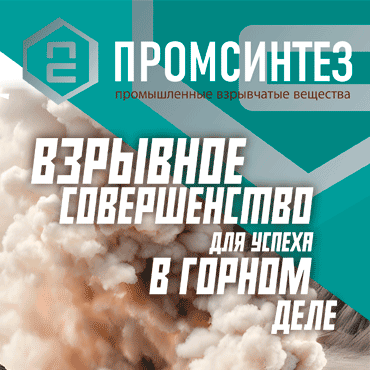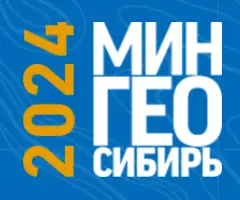Multilevel Model of Employee Competence in Occupational Health and Safety
- Ya.S. Voroshilov
Kuzbass-TsOT Electro LLC, Kemerovo, Russian Federation
Russian Mining Industry №2 / 2020 pp. 125-129
![]() Abstract: Analysis of various research results on the human factor impact on the work accidents shows that up to 95% of incidents result from low personnel competence. Basically, it is proposed to solve this problem by improving the personnel competence through better training of employees in safe methods and techniques of work execution in training organizations and directly at work. The article describes a new expanded model of employee competence based on four main components of competence: intel-lectual, sensory, protective and physical. The model connects the employee's competence with the classes of working conditions and helps, based on the analysis of hazards specific to the working conditions, to deliberately create the required added competence necessary for safe execution of work, including such execution through technical means. The article presents the conceptual basis for the numerical evaluation of the human factor and shows examples of practical application of the proposed model.
Abstract: Analysis of various research results on the human factor impact on the work accidents shows that up to 95% of incidents result from low personnel competence. Basically, it is proposed to solve this problem by improving the personnel competence through better training of employees in safe methods and techniques of work execution in training organizations and directly at work. The article describes a new expanded model of employee competence based on four main components of competence: intel-lectual, sensory, protective and physical. The model connects the employee's competence with the classes of working conditions and helps, based on the analysis of hazards specific to the working conditions, to deliberately create the required added competence necessary for safe execution of work, including such execution through technical means. The article presents the conceptual basis for the numerical evaluation of the human factor and shows examples of practical application of the proposed model.
Keywords: competence, multilevel model, hazards, coal dust, working conditions, occupational safety
For citation: Voroshilov Ya.S. Multilevel Model of Employee Competence in Occupational Health and Safety. Gornaya promyshlennost = Russian Mining Industry. 2020;(2):125-129. (In Russ.) DOI: 10.30686/1609-9192-2020-2-125-129.
Article info:
Received: 27.03.2020
Revised: 06.04.2020
Accepted: 17.04.2020
Information about the author
Yaroslav S. Voroshilov – Candidate of Technical Sciences, Director of Kuzbass-TsOT Electro LLC, Kemerovo, Russian Federation; e-mail: This email address is being protected from spambots. You need JavaScript enabled to view it..
References
1. Kotik М.А. An accident: psychological reasons (lectures on safety in operation). St Petersburg: Leningrad Union of Specialists in Human Security; 1993. (In Russ.)
2. Akimov V.A., Lesnykh V.V., Radaev N.N. Basics of analysis and risk management in natural and anthropogenic spheres. Moscow: Delovoi ekspress; 2004. (In Russ.)
3. Feyer A.-M., Williamson A.M. National Institute of Occupational Health and Safety Sydney, Australia. Proceedings of the Human Factors Society Annual Meeting. 1991;35(15):1100–1104.
4. Azimov E.G., Shchukin A. N. New Dictionary of Methodological Terms and Concepts (Theory and Practice of Language Learning). Moscow: IKAR; 2009. (In Russ.)
5. Shelford V. E. Some Concepts of Bioecology. Ecology. 1931;12(3):455–467.







